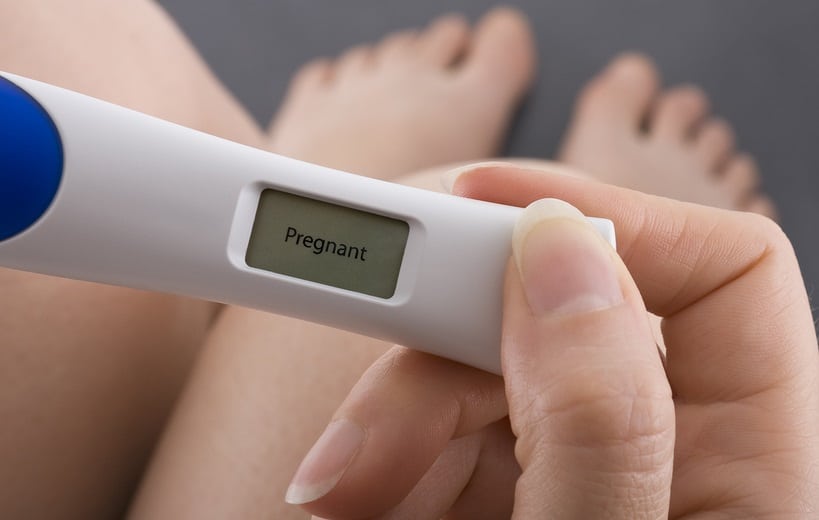Collaboration with Dr. Lily Lai – Traditional Chinese Medicine & Acupuncture
Meeting at Liberty Tea Rooms
Fertility is not a subject that I have written much about, tending to focus on aromatherapy & massage for pregnancy & birth. However, a recent meeting with my friend & colleague Dr. Lily Lai, a traditional Chinese Medical herbalist & Acupuncturist made me consider all three areas as Lily asked for my take on how aromatherapy & essential oils can be used for fertility & pregnancy issues – from conception & fertility, miscarriage & grief, to the many aspects of a healthy pregnancy, labour & birth, postnatal problems & joys.
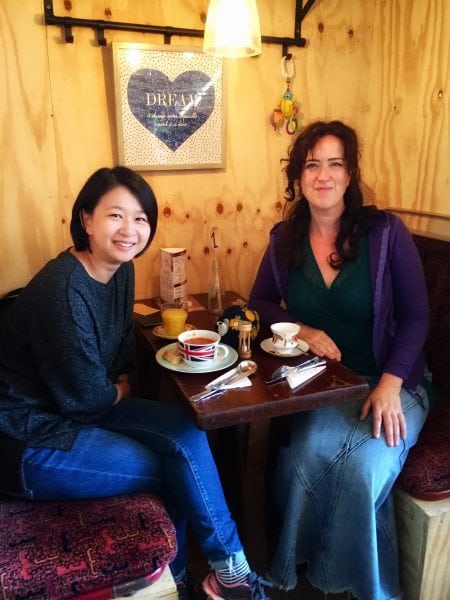
Lily & I meeting up for lunch at the fabulous Liberty Tea Rooms, a community-run cafe in Hemel
We met at the wonderful Liberty Tea Rooms – which I can really recommend, do check out their website. It is a volunteer-built, community-based, volunteer-run tea room & cafe. The menu is entirely donation-based, with suggested (& very reasonable) amounts & the most fabulous collection of hand-knitted tea cosies! Importantly, they run a Community Hub, helping to get people out of debt, cope with addictions & offering a foodbank, pastoral care & senior care.

I can’t resist adding a photo of the magnificent Liberty Tea Cosies!
Lily Lai Acupuncture & Chinese Herbal Medicine
Lily has been working in clinical practice offering Acupuncture & Chinese Herbal Medicine in Hertfordshire for the last 10 years & is now based at the Speedwell Pharmacy Healthsuite Consultation Rooms (the same building as the Lincoln House GP Surgery) in Apsley, Hemel Hempstead. Her expertise & knowledge is reflected in her qualifications, professional membership & considerable research & publications. Please see her website for further details: Lily Lai Acupuncture & Herbs.
I’m always fascinated whenever I meet up with Lily as her fields of expertise are so different from my own. Her clinical practice covers:
- Acupuncture
- Chinese Herbal Medicine
- Cupping (different from the massage technique I use called cupping, also known as tapotement or percussion)
- Moxibustion
- Acupressure (I use some facial acupressure points in Facial Rejuvenation Massage)
- Supplementary Therapies
Lily has a number of specialisations, in particular around polycystic ovary syndrome (PCOS) & fertility issues as outlined in her introduction below:
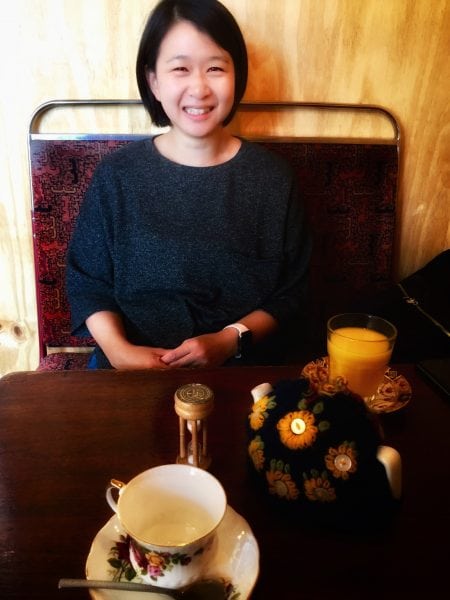
Lily & I loved the fabulous tea cosies at Liberty Tea Rooms!
“Because of my clinical training and research, I’m particularly well known for my expertise in pain management and in hormonal conditions such as polycystic ovary syndrome (PCOS) and fertility issues – especially on the run up to and during IVF treatments. Since 2010, I’ve worked with GPs and health researchers to develop more scientific evidence for herbal medicine. I was awarded a PhD in 2015 by the University of Southampton Primary Care department for my research into the effects of Chinese herbs for polycystic ovary syndrome.
My research has enabled me to remain at the forefront of PCOS and fertility research using conventional and complementary medical approaches. This has included working with the Royal College of Obstetricians and Gynaecologists to review complementary medicine research. I continue to actively share my experiences and research through scientific publications and by presenting talks and seminars to patient support groups, local charities, and at conferences in the UK and overseas.”
(taken from Lily Lai Acupuncture & Herbs – About Lily)
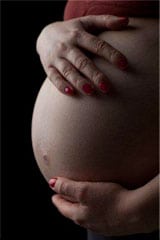 Aromatherapy For Fertility & Pregnancy
Aromatherapy For Fertility & Pregnancy
There are many so many ways that Aromatherapy can be used to assist with Fertility & Pregnancy. It’s a difficult subject as the range of possible blends is huge & an Aromatherapist works holistically. I will often choose a blend based as much on the client, their personality, personal circumstances & the specific situation at the time. A client can come with exactly the same request & I can change the blend based on how they are that day. For example, if pregnancy muscular pains are actually linked to a lack of sleep we might choose oils good for sedation as well as muscular aches. Before an IVF appointment I might suggest a blend to fully relax, ground & calm, or we can use a combination of hormonal balancers for infertility issues.
Infertility
There are specific essential oils that may positively affect fertility. As well as a beautiful & comforting scent they can promote overall wellness as well as uplift & relax. They have the ability to reduce stress, pain & inflammation, promote healing, boost the immune functions, improve endocrine function, & aid hormonal balance. Using essential oils for fertility is an 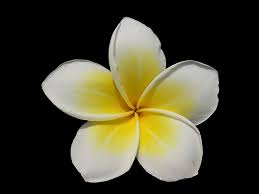 enjoyable & relaxing way to work toward supporting fertility issues, promoting reproductive health as well as reducing stress through the stimulation of the parasympathetic nervous system – our ‘rest & digest’ system, as opposed to the sympathetic nervous system – our ‘fight & flight’ system.
enjoyable & relaxing way to work toward supporting fertility issues, promoting reproductive health as well as reducing stress through the stimulation of the parasympathetic nervous system – our ‘rest & digest’ system, as opposed to the sympathetic nervous system – our ‘fight & flight’ system.
The causes of infertility can be very complex, both physiological & psychological. Aromatherapy may be helpful where there is no obvious physiological cause, to encourage relaxation & an appreciation of sensual & sexual identity. It may also be a useful adjunct where women are undergoing fertility treatment, as this can be an extremely difficult process. Infertility & IVF treatment is psychologically & emotionally stressful, with a large degree of pressure – mental, emotional & financial. It can also be physiologically gruelling, with many intrusive stages, & the physical strain & difficulty of constant, massively changing hormone levels. Energetically, oils which ground, are calmative, sedative, euphoric, or are hormonal balancers, pheromonal or aphrodisiac are a good choice. Aromas which the client & their partner like can also be used for self-massage or vaporisation at home.
Essential Oils
As my clients know I can talk on for hours about essential oils but I’ll try to briefly summarize some of the most useful oils that aromatherapists like to blend with. I have therefore talked about Blending Percentages, Methods of Use & also suggested Essential Oil Blends but feel free to use any of the oils in each section in combination. Safety Considerations for Pregnancy are dealt with afterwards.
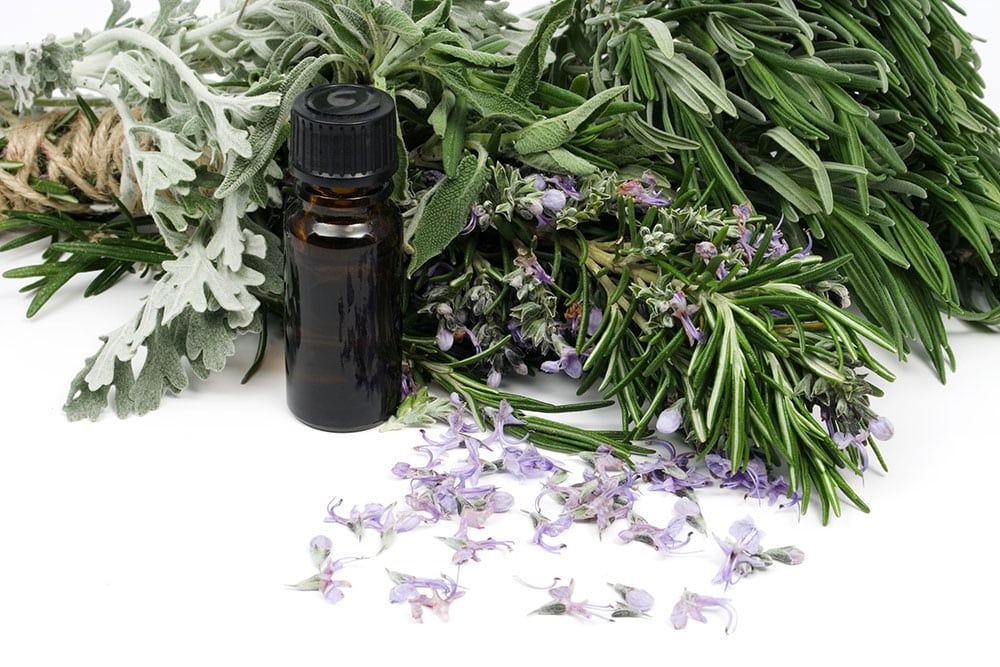
Rosemary (Rosmarinus officinalis) is one of the few essential oils which should be avoided whilst trying to conceive
Essential Oils to Avoid whilst trying to Conceive
- Basil (Ocimum basilicum
- Juniperberry (Juniperus comminus)
- Jasmine (Jasminum grandiflorum)
- Nutmeg (Myristica fragrans)
- Rose (Rosa damascena)
- Rosemary (Rosmarinus officinalis)
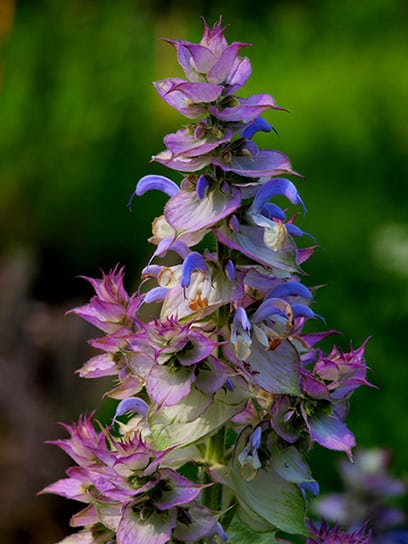
Clary sage is considered one of the best essential oils for fertility. It helps to balance hormones & regulate the menstrual cycle. It is also a antidepressant so it can help you to feel better during the ups & downs of fertility treatment
EO’s Considered Safe To Use Whilst Trying To Conceive
- Black Pepper (Piper nigrum)
- Roman Chamomile (Anthemis nobilis)
- Clary Sage (Salvia sclarea)
- Cypress (Cupressus sempervirens)
- Eucalyptus (Eucalyptus globulus & radiata)
- Frankincense (Boswellia thurifera)
- Geranium (Pelargonium graveolens)
- True Lavender (Lavandula angustifolia) – although there is some confusion about the safety of Lavender oil with pregnancy, this refers to other species such as Spike Lavender (Lavandula latifolia), Lavender stoechas, also known as ‘Spanish Lavender’ (Lavender stoechas) & Lavandin (Lavandula x intermedia). True Lavender (Lavandula angustifolia) is safe to use during pregnancy. See this excellent article by Robert Tisserand on Lavender Oil & Pregnancy
- Lemon (Citrus limonum) – phototoxic, see safety caution below
- Neroli (Citrus aurantium var amara flos)
- Sweet Orange (Citrus sinensis)
- Peppermint (Mentha piperita)
- Spearmint (Mentha spicata)
- Tangerine (Citrus tangerina)
- Ylang Ylang (Canaga odorata)
Essential Oils Considered Safe To Use During Pregnancy
- Atlas Cedarwood (Cedrus atlantica)
- Bergamot (Citrus bergamia) – phototoxic, see safety caution below
- Cardamom (Elettaria cardamomum)
- Cedarwood deodar (Cedrus deodara)
- Roman Chamomile (Anthemis nobilis)
- Coriander (Coriandrum sativum)
- Cypress (Cupressus sempervirens)
- Eucalyptus (Eucalyptus radiata)
- Frankincense (Boswellia thurifera)
- Geranium (Pelargonium graveolens)
- Ginger (Zingiber officinalis)
- Grapefruit (Citrus paradisi) – phototoxic, see safety caution below
- Ho Leaf (Cinnamomum Camphora CT linalool)
- Immortelle (Helichrysum angustifolia)
- True Lavender (Lavandula angustifolia)
- Lemon (Citrus limonum) – phototoxic, see safety caution below
- Mandarin (Citrus reticulata)
- Myrtle (Myrtus communis)
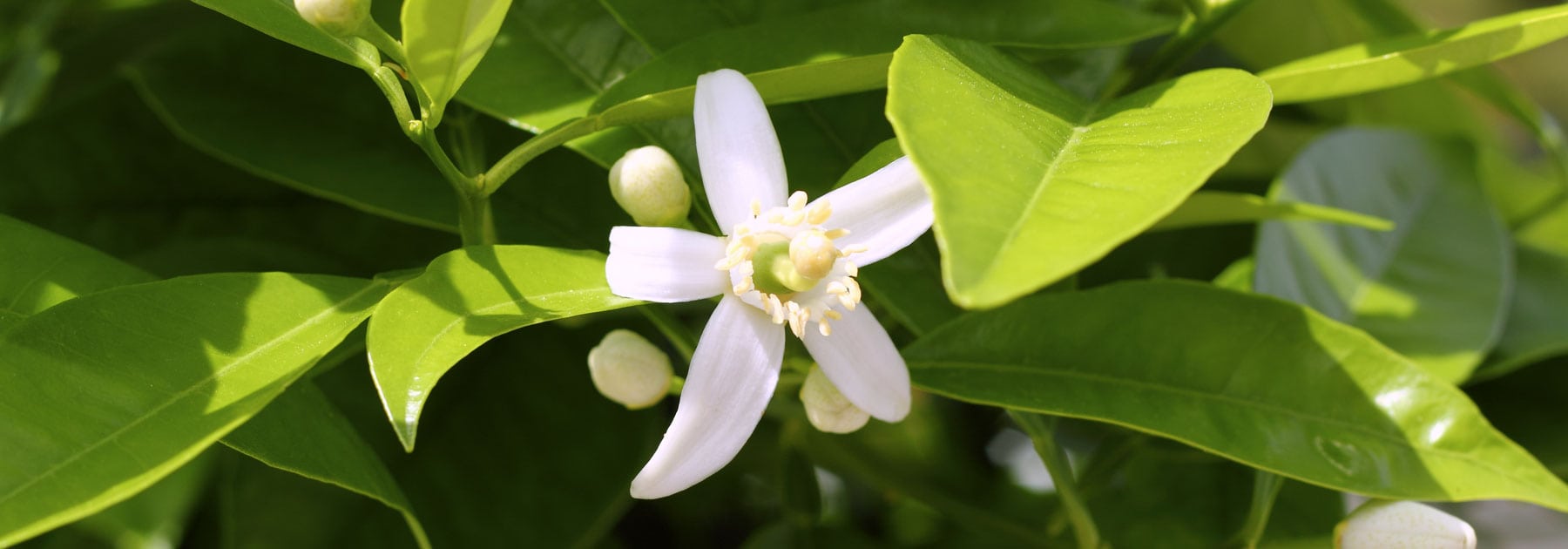
Neroli is extremely calming – I call it the Bringer of Peace. It can also help to reduce stretch marks
- Neroli (Citrus aurantium var. amara flos)
- Niaouli (Melaleuca viridiflora)
- Sweet Orange (Citrus sinensis)
- Palmarosa (Cymbopogen martini)
- Patchouli (Pogostemom cablin)
- Petitgrain (Citrus aurantium var. amara fol)
- Peppermint (Mentha piperita) – inhalation only
- Plai (Zingiber cassumunar)
- Rose Absolute or Otto (Rosa damascena)
- Ravensara (Ravensara aromatica)
- Sandalwood (Santalum album)
- Spikenard (Nardostachys jatamansi)
- Tea Tree (Melaleuca alternifolia)
- Sweet Thyme (Thymus vulgaris CT linalool)
- Vetiver (Vetiveria zizanoides)
- Ylang Ylang (Cananga odorata)
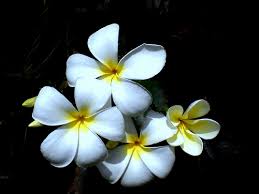
Jasmine essential oil is a uterine tonic & is used late in the third trimester & the labour room to prepare the body for birth
Essential Oils for Birth
These essential oils are all uterine tonics for use only in late third trimester to prepare the body for birth, promote birth & whilst in labour.
- Clary Sage (Salvia sclarea)
- Jasmine (Jasminum grandiflorum)
- Myrrh (Commiphora myrrha)
These essential oils are not uterine stimulants, but are useful in the labour room. They are calmatives & help the mind & body to relax
- True Lavender (Lavandula angustifolia)
- Mandarin (Citrus reticulata)
- Neroli (Citrus aurantium var. amara flos)
Essential Oils for Postnatal Care
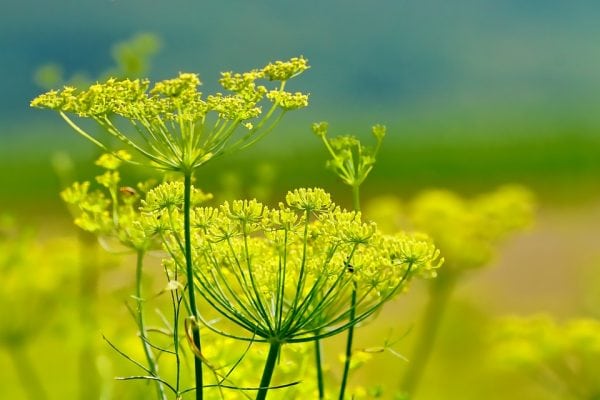
Fennel (Foeniculum vulgare) can assist with postpartum care – in particular it can support lactation, digestion & colic
- Angelica Root (Angelica archangelica)
- Aniseed (Pilla anisum)
- Fennel (Foeniculum vulgare)
- Lemongrass (Cymbopogon citratus)
- May Chang/Litsea (Litsea cubeba)
Blending Percentages
If you do decide to make a blend yourself then the correct blending percentage is very important. I love using essential oils – they are natural & beautiful, but they are also powerful enough to also command respect. Used with care they can support & provide impressive results, but natural does not mean that they are harmless. They are extremely complex & concentrated chemicals which I had to study in-depth for three years (including Molecular Chemistry) in order to better understand them; how to blend them together, & safely.
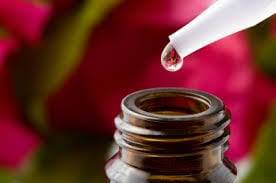
The correct percentage to blend at is also very important for Pregnancy Aromatherapy
For this reason aromatherapists nearly always dilute their essential oil blends for massage or skin contact in a plain base or carrier oil. Although oils like Olive & Coconut may be chosen, we tend to use non-scented oils as carriers such as Sweet Almond, Grapeseed or Sunflower Seed. We may also add more luxurious oils in smaller quantities to enrich a blend, such as Avocado, Rosehip Seed or Argan; or to add specific qualities such as an anti-inflammatory like Calendula-macerated oil. For more information please see my blog on A Glossary of Oils.
Oils for use with pregnant women; people with thin or hypersensitive skin; young children; the elderly; people who are ill or suffering from a condition, or for more delicate skin such as the face, are usually blended at a much lower percentage than for standard adult body massage. In pregnancy I would always use completely safe oils at a very low percentage level, whilst for fertility higher blending percentages can be used. Examples are given below:
Topical Massage Blend (for application to a specific/focussed area): 5%
This is one of the highest blending percentages I would recommend to the general public & is only for use topically to a specific area & when guided to by a professional Aromatherapist. This is not suitable for use with pregnant women; people with thin or hypersensitive skin; young children; the elderly; people who are ill or suffering from a condition, or for more delicate skin such as the face. Please note that although fine for safe oils many essential oils with safety indications cannot be blended at 5% or above.
This equates to 1 drop for every 1ml of carrier oil used
- e.g. 30 drops in 30mls or 50 drops in 50mls
Normal Standard Body Massage Blend: 2 . 5%
This equates to half the number of drops of essential oils to the number of mls of carrier oil used.
- e.g. 15 drops of essential oils in 30mls of carrier oil or 25 drops of essential oils in 50mls of carrier oil
Pregnancy/Hypersensitive/children/elderly/conditions/facial massage blend: 1%
This equates to 1 drop of essential oil for every 5mls of carrier oil used
- e.g. 6 drops of essential oils in 30mls of carrier oil or 10 drops of essential oils in 50mls of carrier
Methods of Use
Please contact me if you would like me to provide a blend for any of the below.
- Aromastick – for inhalation, like a Vick’s Inhaler. This is a small portable plastic container the size of a lipstick that has an essential oil blend held in it. It’s easy to carry & use, you can simply remove the lid & inhale. These can be purchased online or from me.
- Blend (diluted in carrier oil) – used for general body massage or as a foot rub, massaged into feet.
- Cold/Hot Compress – a cold compress works best for any areas of inflammation, such as a headache, although a hot compress works better for releasing muscles & muscular aches & pains. Place 4-6 drops of your essential oil or blend into 1 pint of cold or hand hot water & swirl to mix well. Soak a piece of cloth – you can use a cotton or muslin square, face flannel, bandage or simply a piece of clean cloth, into the water. Wring it out & apply to the area desired e.g. to the side of face, forehead or back of neck for a headache, to the abdomen for abdominal cramps, to the site of injury (such as a sprained ankle) or to the chest/back for a cold.
- Diffuser/Vaporiser – for inhalation, I would recommend buying one online (Amazon) or if you prefer to see in a store they are available from Neal’s Yard Remedies stores or online. I use the brand Zen. Simply put water in up to the line & add 5-10 drops of essential oil, switch on & inhale. As there is no naked flame & they automatically switch off when the water has evaporated they can also be used safely overnight or with children. Alternatively you can use an electric or traditional candle oil burner.
- Inhalation – if you don’t have an aromastick you can simply put a few drops on a tissue.
- Rollerball – for massage/application to the skin. A blend is put in a small glass tube about the size of a mascara tube, & is sealed with a glass/plastic/metal ball at the end so that you can roll the blend onto your skin, usually at the wrists or on pulse points. Again, it is a good way to easily carry & use essential oil blends on-the-go. These can be purchased online or from me.
- Steam Bath – for inhalation you can also use a steam bath. This is a method which is particularly effective for colds, nasal or chest congestion. Fill a bowl with 1 pint of boiling water, sprinkle on 1-4 drops of essential oils, remove glasses/contact lenses & keeping eyes closed cover head with a towel and inhale for 5-10 mins. Alternatively, use an inhaler cup (easily purchased on Amazon) with just 1-3 drops of essential oils. They’re purpose-made, work better and are pretty cheap at c. £5. A steam bath can be repeated up to 8 times/day.
Aromatherapy Blends
Breastfeeding
Lack of milk production
Compress 5%: Fennel & Lemongrass
Mastitis (inflammation of the nipple; sore/cracked nipples)
Compress 2.5%: German Chamomile Matricaria recutita (stronger) or Roman Chamomile Anthemis nobilis (gentler), True Lavender Lavandula angustifolia & Rose
Swollen/painful breasts
Compress 5%: Fennel & German Chamomile Matricaria recutita (stronger) or Roman Chamomile Anthemis nobilis (gentler)
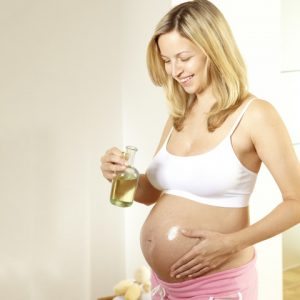
At a time when many medications cannot be taken, essential oils can provide a safe & natural solution to many pregnancy issues
Colds/Infections – Natural Remedies
Inhalation/Steam Bath (4-6 drops per 1-2 pint bowl), Diffuser/Vaporiser: any combination of these oils you prefer Tea Tree, Ravensara, Black Pepper,True Lavender Lavandula angustifolia, Ginger, Cubeb, Melissa, German Chamomile Matricaria recutita (stronger, good for inflammation) or Roman Chamomile Anthemis nobilis (gentler, good for sleep/calming), Bergamot – although phototoxic this is only for direct contact with skin so not relevant here. If you do decide to use for massage use Bergamot FCF/Furanocoumarin & Bergaptene Free only, click below for a good high street oil of this kind –
Neal’s Yard Remedies Bergamot FCF essential oil
History of Miscarriage
Massage 1%, Inhalation/Steam Bath (4-6 drops per 1-2 pint bowl), Diffuser/Vaporiser: Rose
Infertility
Massage 2.5%, Inhalation 2.5%: Jasmine, Patchouli & Sandalwood; Vetiver, Ginger & Ylang-Ylang; Rose, Clary Sage & Geranium; Roman Chamomile (Anthemis nobilis) & Vetiver; Frankincense, Clary Sage & Neroli
Labour Room Support/Birth
Usually Diffuser/Vaporiser, Room Spray or Aromastick (but if in agreement with midwife/hospital) Massage 1%: Jasmine & Clary Sage; Rose & True Lavender Lavandula angustifolia ; Jasmine
Low Energy/Exhaustion
Massage 2.5%, Diffuser/Vaporiser, Bath 2.5%, Aromastick: Palmarosa, Sandalwood & Neroli; Rose & Geranium
Morning Sickness
Herbal Tisane (not with essential oils, but using the herb/root to make a tea): Ginger, Peppermint or Lemon Balm (Melissa)
Inhalation/Steam Bath (4-6 drops per 1-2 pint bowl): Ginger, Peppermint, Melissa
Muscular Aches & Pains
Massage 1%, Diffuser/Vaporiser: Cardamom & True Lavender Lavandula angustifolia; Sweet Orange & Mandarin; Jasmine & Clary Sage (in late third trimester only as uterine tonics)
Oedema/Water Retention
Massage 2.5%; or Topical (focussed) Massage 5%: Coriander & Grapefruit – phototoxic, not more than 4% or 20 drops in 25mls, Cypress & Grapefruit; Cypress
Sleep Issues
Diffuser/Vaporiser, Massage 1%, Aromastick: True Lavender Lavandula angustifolia, Mandarin, Cardamom, Roman Chamomile Anthemis nobilis
Bergamot – although phototoxic this is only for direct contact with skin so not relevant here. If you do decide to use for massage use Bergamot FCF/Furanocoumarin & Bergaptene Free only. Click below for a good high street oil of this kind
Neal’s Yard Remedies Bergamot FCF essential oil
Stretch Marks
Massage 1%: Mandarin & Neroli; True Lavender Lavandula angustifolia & Neroli; Palmarosa

Safety Considerations
Books
For the serious blender the standard textbook is by Robert Tisserand:
Robert Tisserand – Essential Oil Safety
but there are many excellent books available & Neal’s Yard has a brilliant little guidebook which can safely guide you in home-blending for less than £10:
NYR Essential Oils
Bergamot
Bergamot essential oil is phototoxic, which means it can increase the tendency of the skin to burn when in contact with UV light. Burning is possible if the skin is exposed to sunlight, sun-bathing or tanning on a UV sunbed after use in massage/skin contact above the blending percentage. This safety consideration is therefore only relevant when the oil is in contact with skin/used for massage but not when inhaled or diffused in a vaporiser.
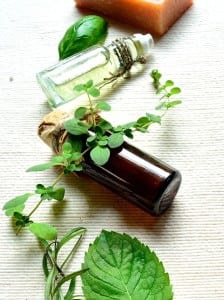
Safety considerations are particularly complex & important when using essential oils – it’s always worth consulting a professional aromatherapist for advice
However, when the essential oil is rectified the phototoxic chemical compounds in the oil, Furanocoumarin & Bergaptene, are removed & it becomes completely safe to use. So if you do decide to use Bergamot essential oil for massage it is completely safe to do so if you use a Bergamot FCF/Furanocoumarin & Bergaptene Freeessential oil – like Neal’s Yard Remedies Bergamot FCF essential oil
If you really insist on using a unrectified essential oil then please blend to not above 0.4% or 2 drops in 25mls
Grapefruit
This is also phototoxic, although it is much weaker, so if used for massage/skin contact do not blend above 4% or 20 drops in 25mls carrier/base oil. Please note that for pregnancy blends this shouldn’t be relevant as you should be blending at 1%.
Lemon
As with the other citrus oils mentioned above, Lemon is also phototoxic, so if used for massage/skin contact do not blend above 4% or 20 drops in 25mls carrier/base oil. Please note that for pregnancy blends this shouldn’t be relevant as you should be blending at 1%.
Don’t Be Scared, But Do Be Careful
Trying to become & being pregnant is an incredibly emotive time in a women’s life & one in which her body will change completely in a relatively short space of time. At times a rollercoaster of highs & lows, Aromatherapy & Essential Oils can really help to support & benefit you, but as this article shows there is a reason why Aromatherapy is a profession, in which we undergo years of training in essential oil safety (that is the actual name of my Diploma course). At a time when you want you &, if you become pregnant, your baby to be as safe, happy & healthy as you can be particular care & professional advice from a qualified & experienced Aromatherapist is highly recommended, but hopefully this blog will also be of help & assistance to you in knowing more about using Aromatherapy with Fertility, Pregnancy & Birth.
If you would like Lily’s advice on Fertility, Pregnancy or any aspect of her practice – Traditional Chinese Medicine & Acupuncture, please Contact Lily to book
If you would like my advice on Fertility, Pregnancy, Aromatherapy & Massage or assistance in finding an Aromatherapist near you please Contact Me or use the International Federation of Professional Aromatherapists (IFPA) Find A Therapist service

